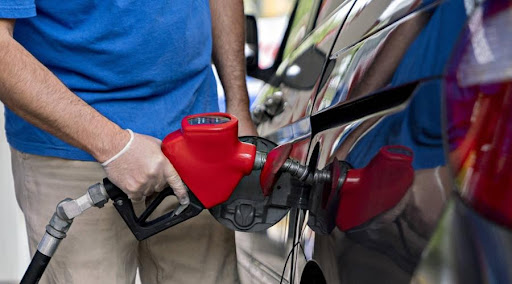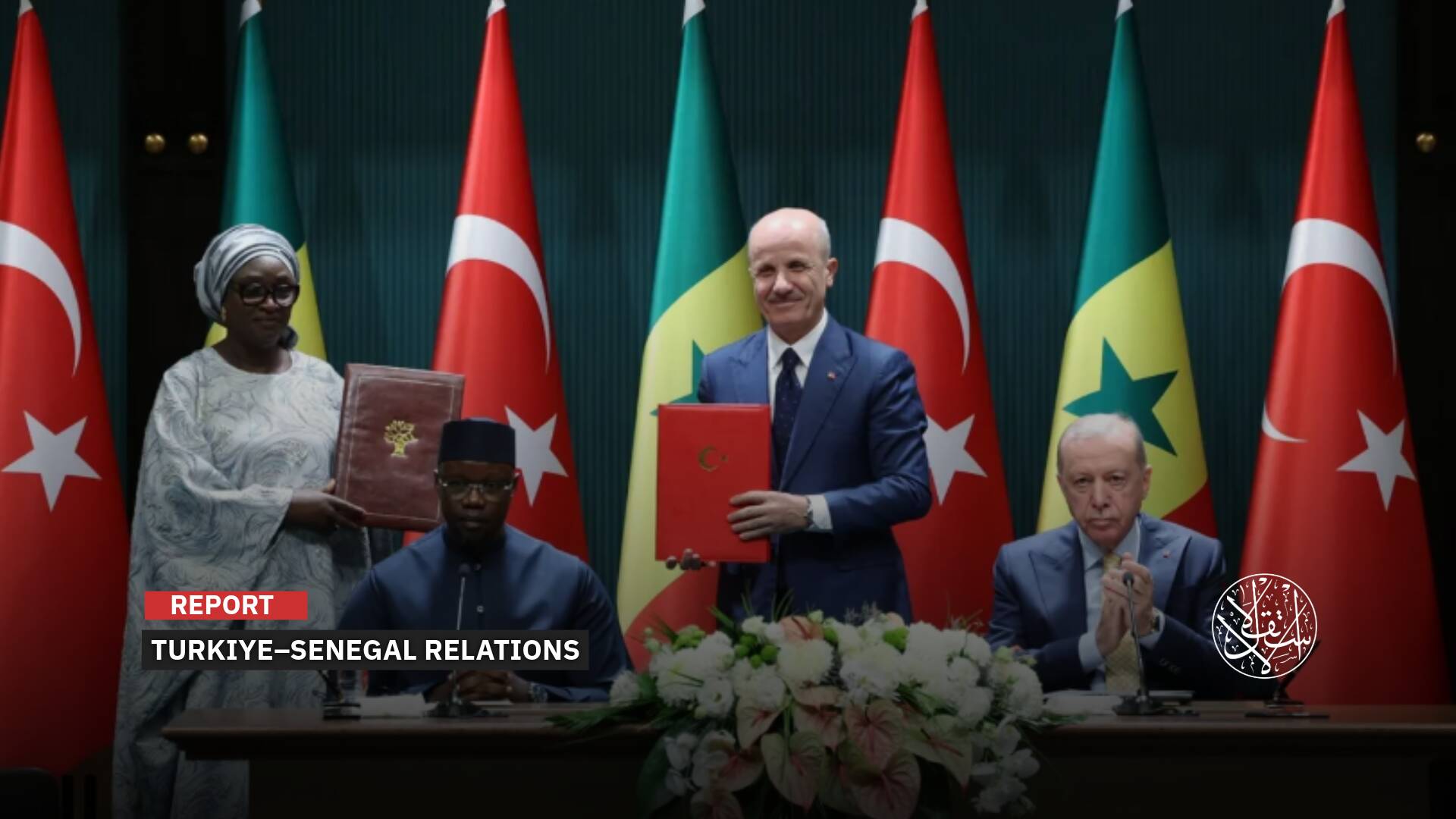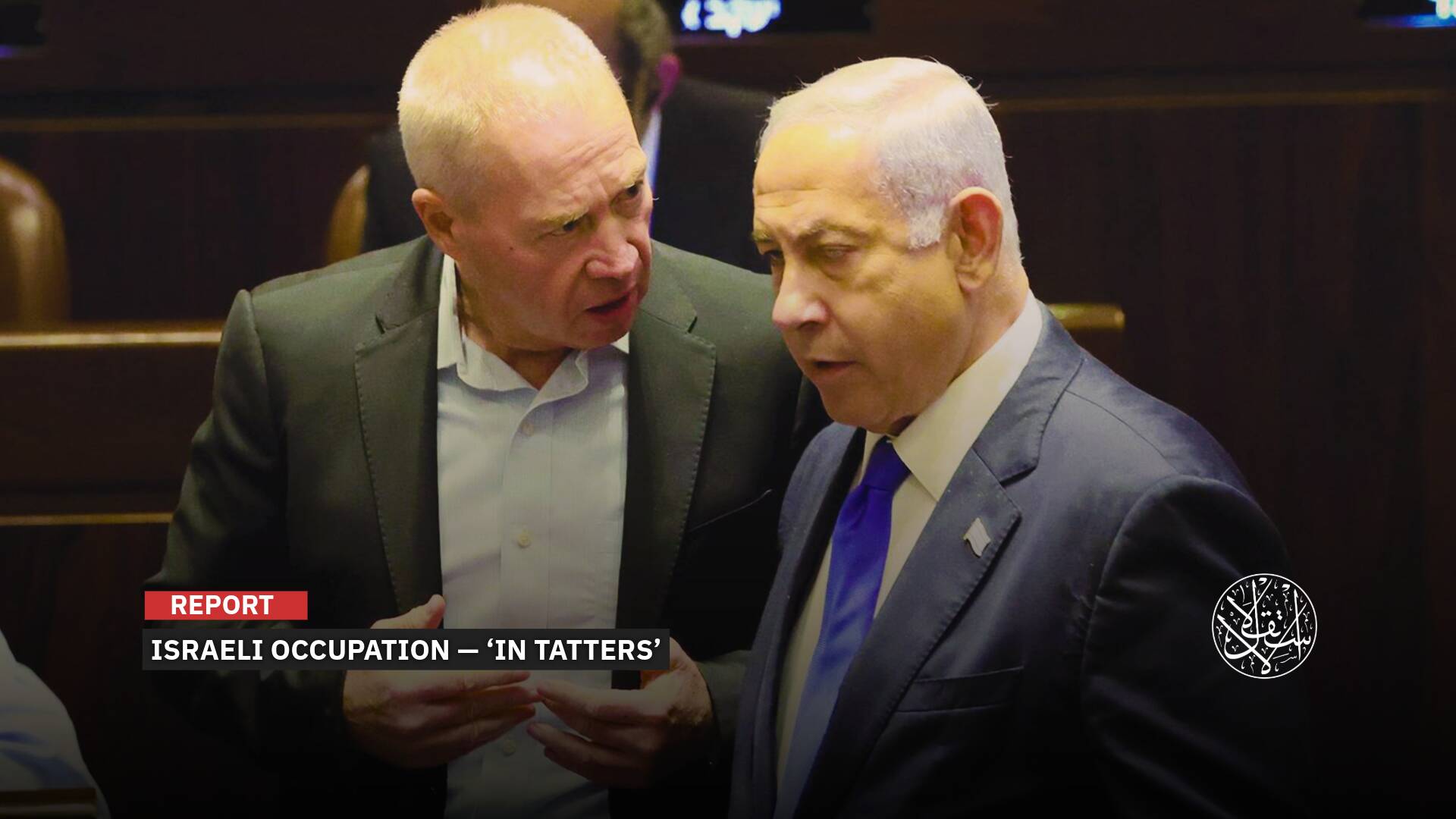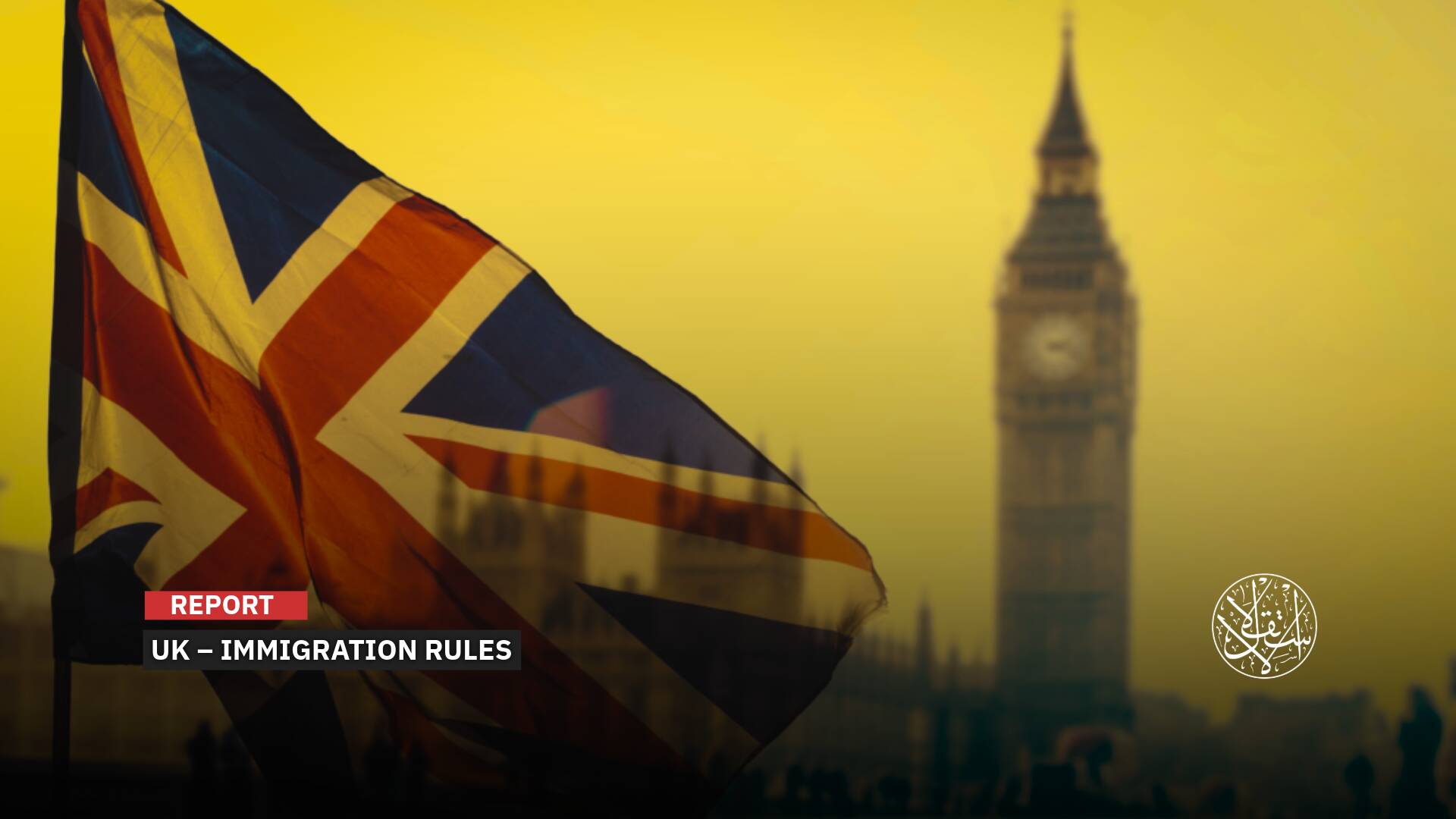With the Fall of the Oil Prices, Why Is OPEC Plus Continuing to Increase Its Production?

Despite the fluctuations in oil prices during the past months, the countries of the OPEC Plus organization agreed in early September 2021 to continue to increase supplies by about 400,000 barrels per day each month.
Oil prices have been going up and down between $65 and $77 a barrel, a price that is considered relatively acceptable for producing countries, although it has not yet reached prices that are commensurate with their budgets.
The countries also agreed to raise the baseline for the production of OPEC Plus from 43.8 to 45.5 million barrels per day as of May 2022, which will allow Saudi Arabia and Russia to raise their production by 500,000 barrels per day and Kuwait and Iraq by an increase of 150 thousand barrels per day.
The agreement came at a time when the Coronavirus infections are rising around the world, and many U.S. refiners–a major source of demand for crude–remain out of business.
These efforts aim to undo the record production cuts that were implemented during the peak of the COVID-19 crisis in 2020.
Reports had indicated that the experts of the Joint Technical Committee of the OPEC Plus group revised their expectations for the growth of demand for crude in 2022 by raising to 4.2 million barrels per day, up from a previous forecast of 3.28 million barrels per day.

American Pressure
With all the losses faced by oil-producing countries–most of which depend on the petroleum revenues–during the year of Coronavirus, it is natural for them to seek to catch up for these losses and maximize their profits by maintaining current productivity levels.
This is due to the fact that oil prices began to decline again, falling from $77 a barrel and hovering around the price of $70, with a slight increase or decrease from this price, which raises many questions about the reasons for the recent OPEC Plus decision.
According to the oil expert, Nihad Ismail, as long as oil prices are more than $70 and above, this is acceptable and there is no need to reduce oil production for OPEC Plus, nor for the United States.
In an interview with Al-Estiklal, Ismail considered that the oil organization’s steps are in line with the American desire, because if the price of a barrel of Brent crude rises to more than $75, which means that U.S. Texas crude will rise to more than $74 a barrel, OPEC Plus will be under American pressure.
He pointed out that any rise in the prices of Brent crude, which is produced by the OPEC countries, is reflected in the prices of gasoline at American gas stations. Thus, the American citizen who plays a key role in the elections is affected, at a time when the Democratic Party headed by President Joe Biden does not want to create an atmosphere of congestion and tension in community ranks.
The oil expert explained that the average price of a liter of gasoline in America is now $3.20, and if it rises to $3.50 and approaches 4, there will be protests in the United States, which will affect Biden’s popularity, so his administration is keen to keep prices low at gas stations.
What compels OPEC to play a very delicate balancing game, as it monitors oil prices to keep them at acceptable levels for America, which is between $70 and $75 a barrel, especially since global demand is expected to rise as Coronavirus vaccine companies scramble to contain the mutated virus called “Delta.”
Thus, it is expected that oil prices will rise in the future, but US pressures will continue to pursue OPEC Plus to increase its oil production by more than 400,000 barrels per day.
This comes amid talk of the oil organization's expectations that demand will rise next year by 3.4 percent to 99.86 million barrels per day, with an average of more than 100 million barrels per day in the second half of 2022.
Ismail pointed out that the global economy also does not bear high oil prices, as it has been subjected to an economic depression due to the Coronavirus crisis. As a result, high demand may turn into a contraction if the importer feels that prices are too high, as happened in India recently when it reduced imports from Saudi Arabia and OPEC countries and headed to other sources.
He continued, "But if oil prices reach $80 and $90 a barrel, demand will decline globally, and economic growth rates will also shrink globally."
On March 9, 2021, two sources told Reuters: "India asked government refiners to accelerate the diversification of oil imports to gradually reduce its dependence on the Middle East, after OPEC Plus decided to continue most of the production cuts at that time."

Gulf Economies
In light of these facts, the oil revenues will not keep pace with the economic policies that the Arab Gulf states aim to move from a rentier economy to a diversified economy with different resources, which requires more spending to bring about this transformation, and therefore those countries will resort to their sovereign funds.
This step comes amid talk that the countries of the world need a period of time ranging from 3 to 5 years; to recover and return to pre-COVID-19 levels, which means that global demand for oil will not return strongly soon, and therefore oil will not become the only resource for the strategic plans aimed at the Gulf countries.
Although the rise in oil prices has a positive impact on all producing countries, especially the Gulf states, because their budgets are linked to oil prices, the current oil prices are still far from the break-even prices in the Gulf countries, which range between 80 and 90 dollars per barrel.
In turn, Ismail believes that the Arab oil-producing countries should adjust their spending according to the markets and that their next budget should be based on the price of $75 for oil.
He pointed out that if the price rises to $80, in the long term, economies that depend on importing oil from abroad, such as China and India, even the United States, which imports between 3 to 6 million barrels, depending on internal demand, will be affected.
China is the world's largest oil importer with 10.85 million barrels per day, while India ranks third after the United States, with average daily imports ranging between 4.6-4.9 million barrels per day, and Japan is the fourth largest importer of crude oil, with an average daily imports of 2.6 million barrels per day.
The oil expert pointed out that the Gulf countries will, of course, be affected by the continuation of the current oil prices, but it is also necessary to maintain the continuity of demand by maintaining these prices until the importing countries accept them and can revive their economies to stimulate production activity that increases daily oil demand.
He called on the Gulf states to work hard in order to exploit every dollar of oil revenues now, in order to serve the strategies of economic transformation towards diversification, especially since in the long run the demand for oil will decrease and the demand for renewable energy will increase.

Near Future
Oil prices remain linked to a set of factors, namely global demand, supply volume, the repercussions of the Corona crisis, and its chains that are developing day after day, in addition to the ability of the global economy, with its accompanying activity and production, to recover.
On August 11, 2021, the investment bank, "Goldman Sachs," expected a price of $80 per barrel of Brent oil by the fourth quarter of this year, compared to an average of $71 at the present time. As a result of its expectation, the global oil supply would continue to decline, and the state of economic recovery from the consequences of the Corona pandemic would continue.
The bank stated that the average daily demand for crude amounted to 97.8 million barrels during the third quarter of this year, rising to 98.4 million barrels per day in the fourth quarter.
While the giant Swiss bank UBS Group sees that prices will rise again in the coming period with the improvement in demand in China, reaching $75 a barrel.
Prices range during the current period for Brent standard crude contracts, for delivery in November 2021, to trade at $73.44 a barrel, while for US West Texas Intermediate crude contracts, for October 2021 delivery, at $70.16 a barrel.











